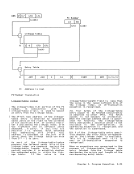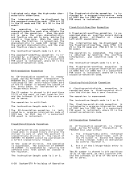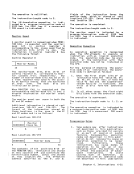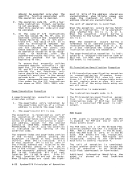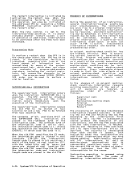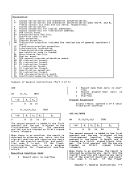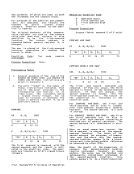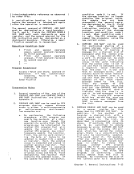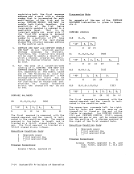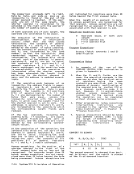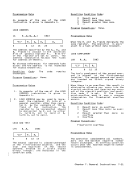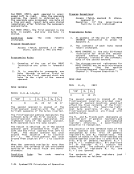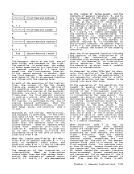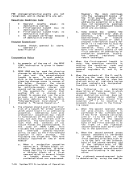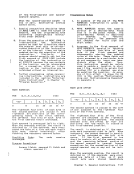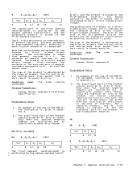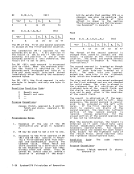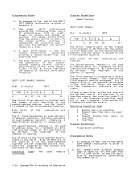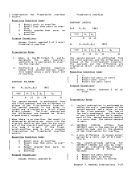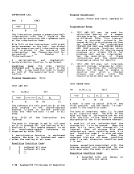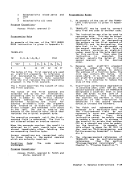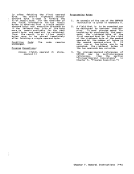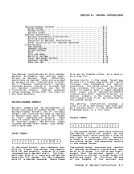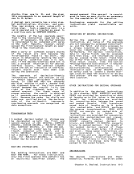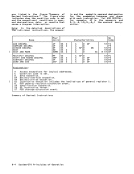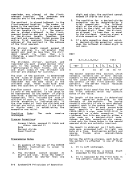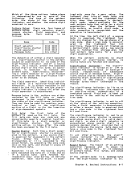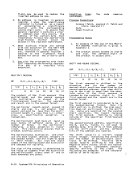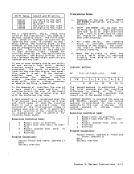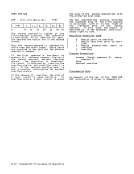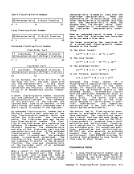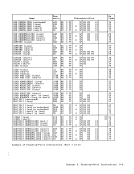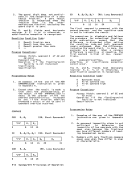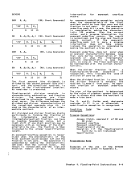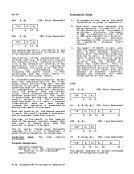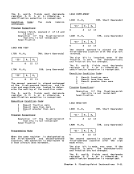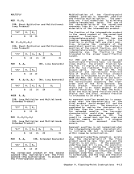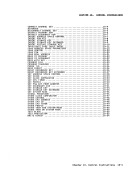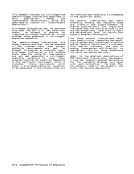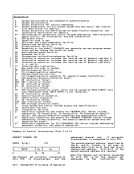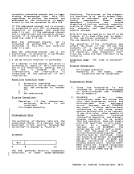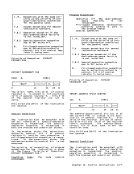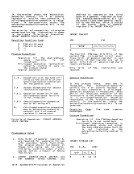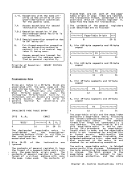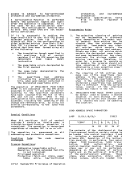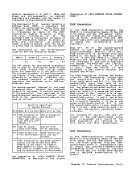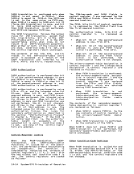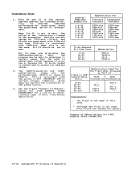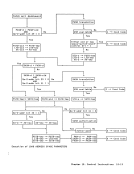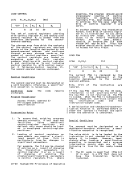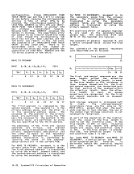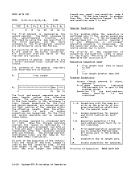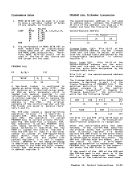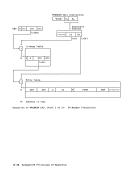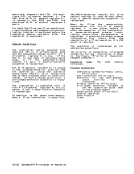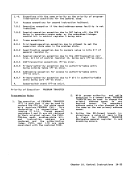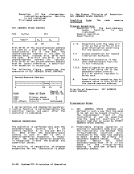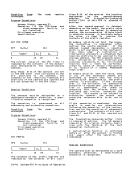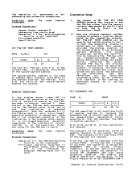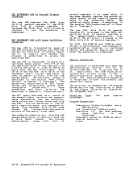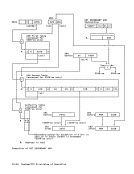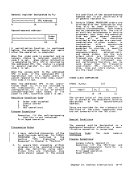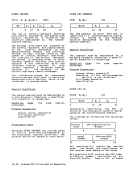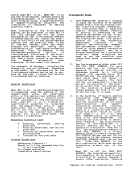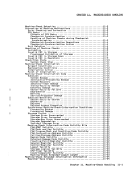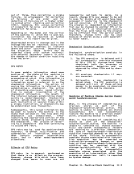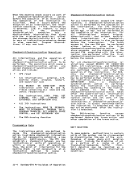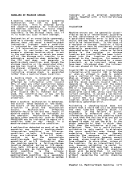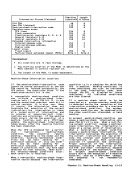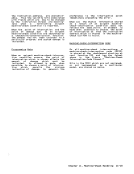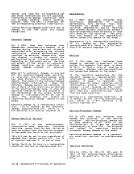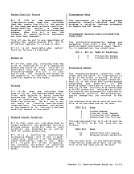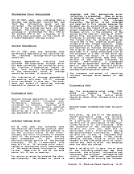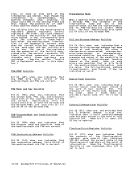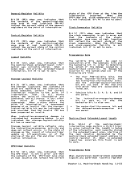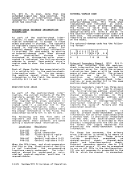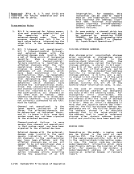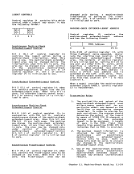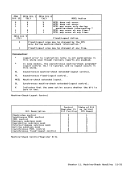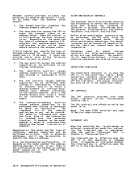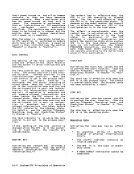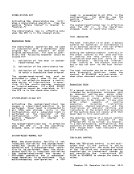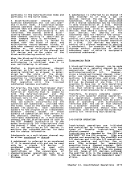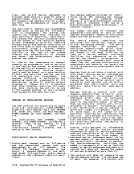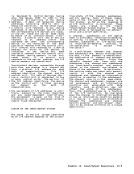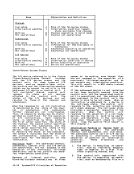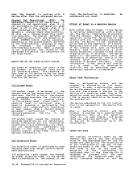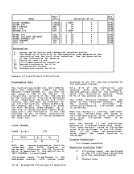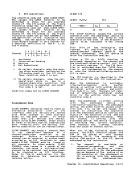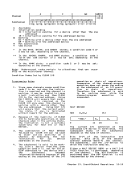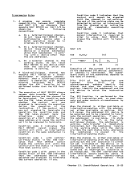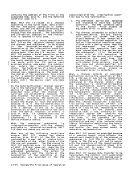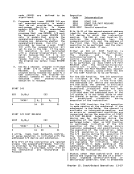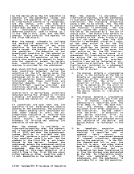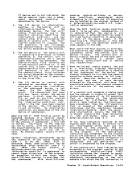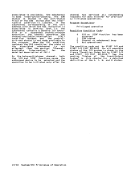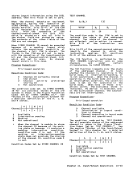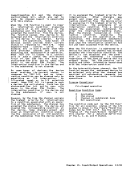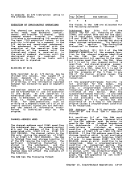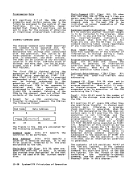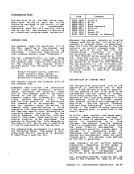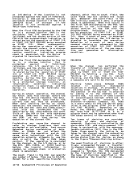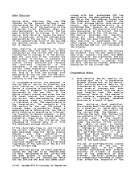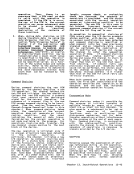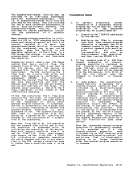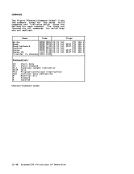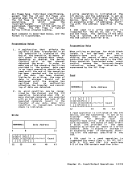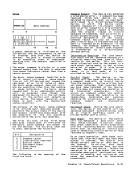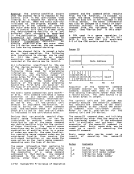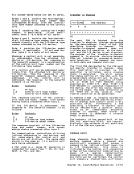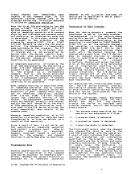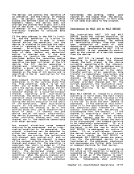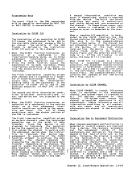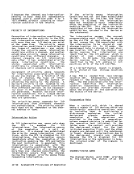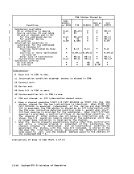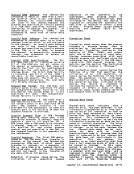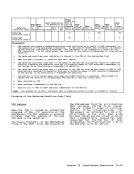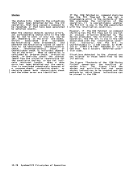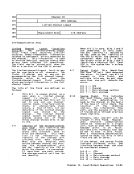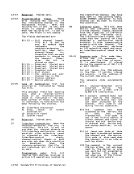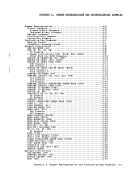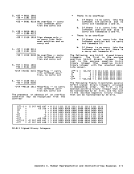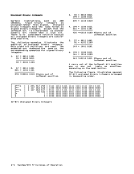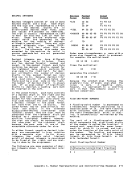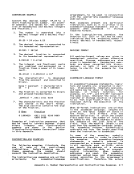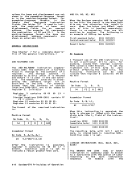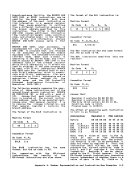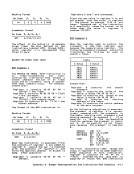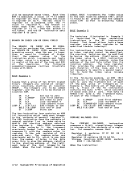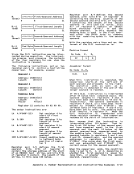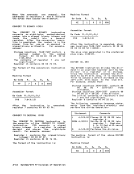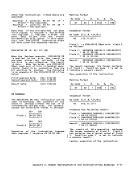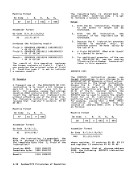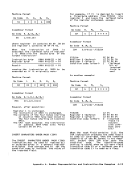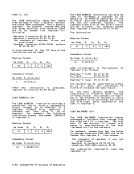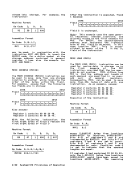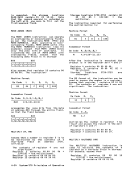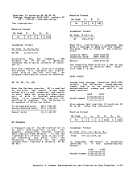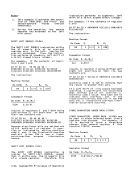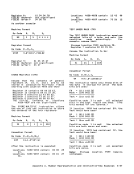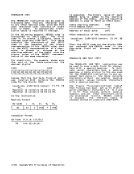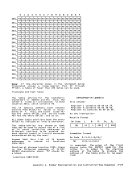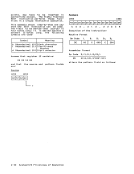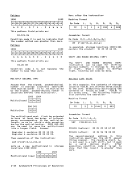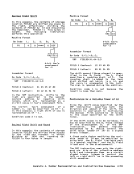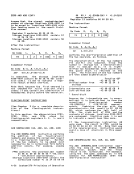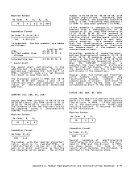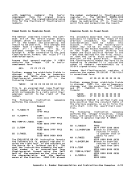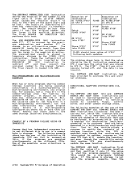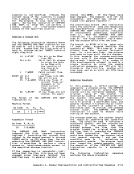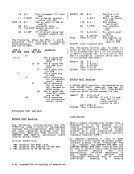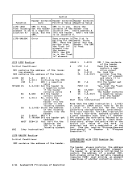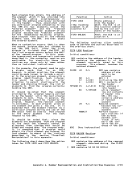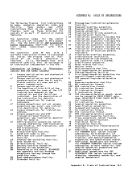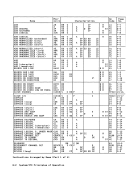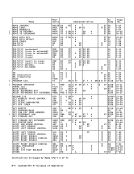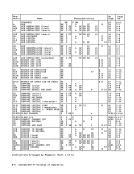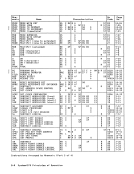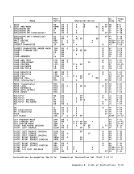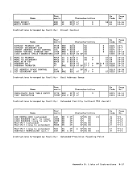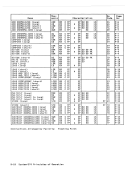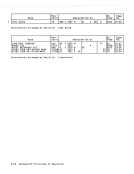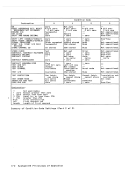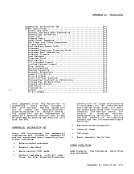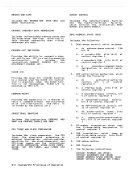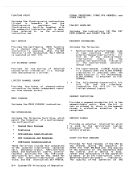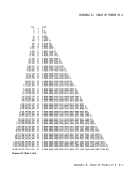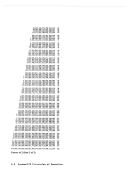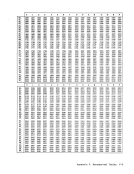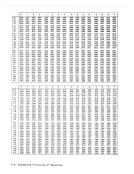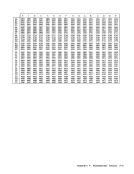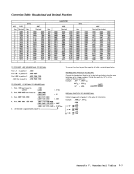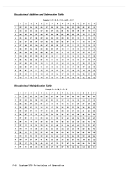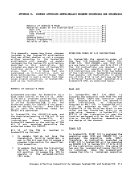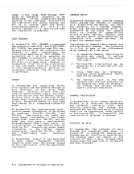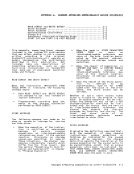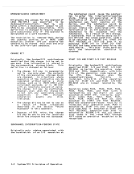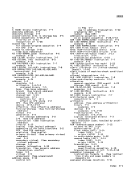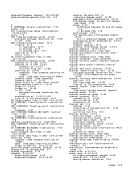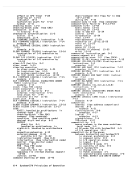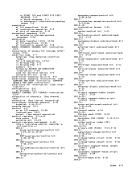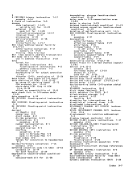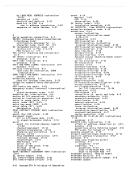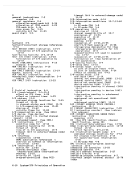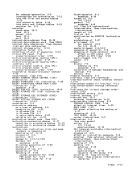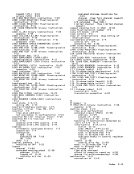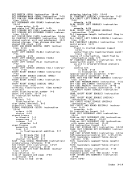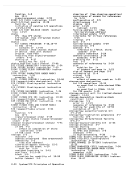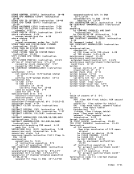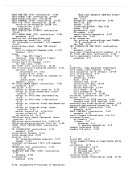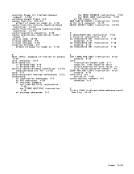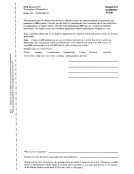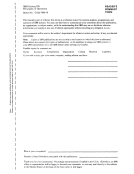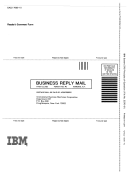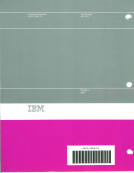and the address of the last
instruction executed cannot be
calculated using the one appearing
in the program oldPSW. For situation f, the instruction
address in thePSW has not been
replaced, but the corresponding
real address after the change may
be different.
2. The instruction-length code(IlC) is redundant when a PER event is
indicated since thePER address in
the word at real location 152 iden
tifies the instruction causing the
interruption (or theEXECUTE instruction, as appropriate). Similarly, the ILC is redundant
when the operation is nullified,
since in this case the instruction
address in thePSW is not incre
mented. If theIlC value is
required in this case, itcan be
derived from the operation code of
the instruction identified by the
oldPSW. EXCEPTIONS ASSOCIATED WITH THE PSW Exceptions associated with erroneous
information in the currentPSW may be
recognized when the information is
introduced into thePSW or may be recog
nized as part of the execution of the
next instruction. Errors in thePSW which are specification-exception condi
tions are calledPSW-format errors.
Early Exception Recognition
For the following error conditions,a program interruption for a specification
exception occurs immediately after thePSW becomes active: • The EC mode is specified
12 is one) ina CPU that
have the translation
installed.(PSW bit
does not
facility• Bit position 16 of an EC-mode PSW is one, and DAS is not installed. • A one is introduced into an unas
signed bit position of anEC-mode PSW (that is, any of bit positions 0, 2-4, 17, or 24-39).
The interruption occurs regardless of
whether the wait state is specified. If
the invalidPSW causes the CPU to become
enabled for a pendingI/O, external, or
machine-check interruption, the program
interruption occurs instead, and the
pending interruption is subject to the
mask bits of the newPSW introduced by
the program interruption. If theEC mode is not present, bits 0-15 and 34-63
of the invalidPSW are stored unchanged
in the corresponding bit positions of
the program oldPSW, and the inter
ruption code and instruction-length code
are stored inbit positions 16-33 of the
program oldPSW. When the execution of LOAD PSW or an
interruption introduces aPSW with one
of the above error conditions, the
instruction-length code is set to0, and
the newly introducedPSW' except for the
interruption code and the instruction
length code in theBC mode, is stored
unmodified as the oldPSW. When one of
the above error conditions is introduced
by execution ofSET SYSTEM MASK or STORE THEN OR SYSTEM MASK, the instruction
length code is set to 2, and the
instruction address1S incremented by 4. The PSW containing the invalid value
introduced into the system-mask field ;s
stored as the oldPSW. When a PSW with one of the above error
conditions is introduced during initial
program loading, the loading sequence is
not completed, and the load indicator
remains on.
late Exception Recognition
For the following conditions, the excep
tion is recognized as part of the
execution of the next instruction:• • A specification exception is recog
nized due toan odd instruction
address in thePSW (PSW bit 63 is
one).
An access exception (addressing,
page-translation, protection, seg
ment-translation, or translation
specification) is associated with
the location designated by the
instruction address or with the
location of the second or third
halfword of the instruction start
ing at the designated instruction
address.
The instruction-length code and instruc
tion address stored in the program oldPSW under these conditions are discussed
in the section"IlC on Instruction
Fetching Exceptions" in this chapter.
If anI/O, external, or machine-check
interruption condition is pending and
thePSW causes the CPU to be enabled for
that condition, the corresponding inter
ruption occurs, and thePSW is not
inspected for exceptions which are
recognized late.Similarly, a PSW spec
ifying the wait state is not inspected
for exceptions which are recognized
late.Chapter 6. Interruptions 6-9
instruction executed cannot be
calculated using the one appearing
in the program old
address in the
replaced, but the corresponding
real address after the change may
be different.
2. The instruction-length code
indicated since the
the word at real location 152 iden
tifies the instruction causing the
interruption (or the
when the operation is nullified,
since in this case the instruction
address in the
mented. If the
required in this case, it
derived from the operation code of
the instruction identified by the
old
information in the current
recognized when the information is
introduced into the
nized as part of the execution of the
next instruction. Errors in the
tions are called
Early Exception Recognition
For the following error conditions,
exception occurs immediately after the
12 is one) in
have the translation
installed.
does not
facility
signed bit position of an
The interruption occurs regardless of
whether the wait state is specified. If
the invalid
enabled for a pending
machine-check interruption, the program
interruption occurs instead, and the
pending interruption is subject to the
mask bits of the new
the program interruption. If the
of the invalid
in the corresponding bit positions of
the program old
ruption code and instruction-length code
are stored in
program old
interruption introduces a
of the above error conditions, the
instruction-length code is set to
the newly introduced
interruption code and the instruction
length code in the
unmodified as the old
the above error conditions is introduced
by execution of
length code is set to 2, and the
instruction address
introduced into the system-mask field ;s
stored as the old
conditions is introduced during initial
program loading, the loading sequence is
not completed, and the load indicator
remains on.
late Exception Recognition
For the following conditions, the excep
tion is recognized as part of the
execution of the next instruction:
nized due to
address in the
one).
An access exception (addressing,
page-translation, protection, seg
ment-translation, or translation
specification) is associated with
the location designated by the
instruction address or with the
location of the second or third
halfword of the instruction start
ing at the designated instruction
address.
The instruction-length code and instruc
tion address stored in the program old
in the section
Fetching Exceptions" in this chapter.
If an
interruption condition is pending and
the
that condition, the corresponding inter
ruption occurs, and the
inspected for exceptions which are
recognized late.
ifying the wait state is not inspected
for exceptions which are recognized
late.













































































































































